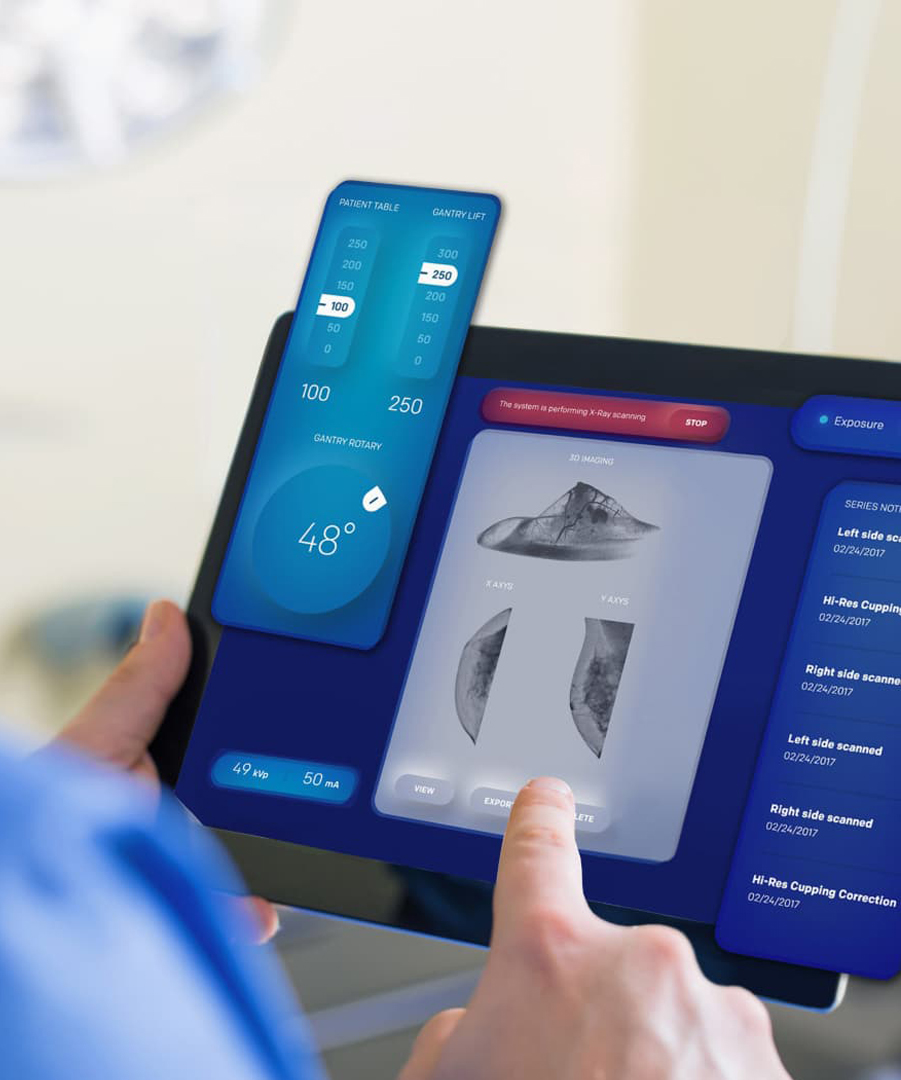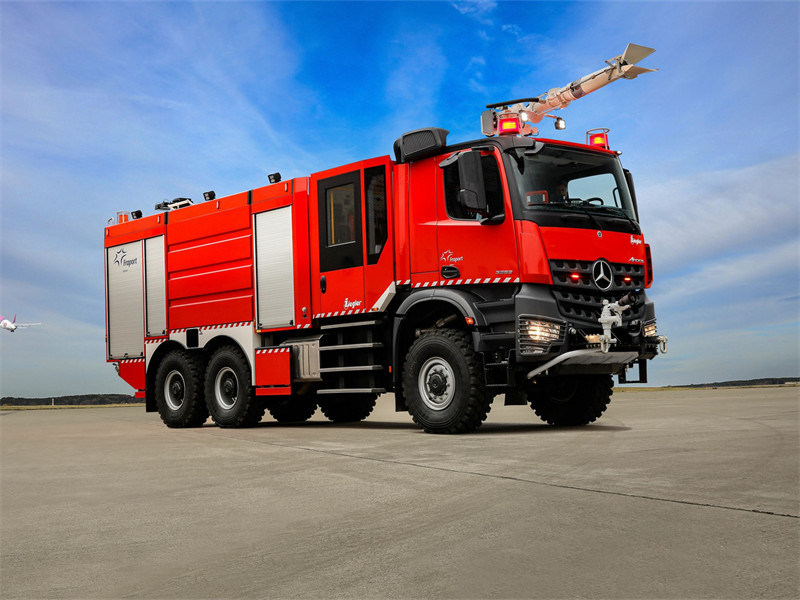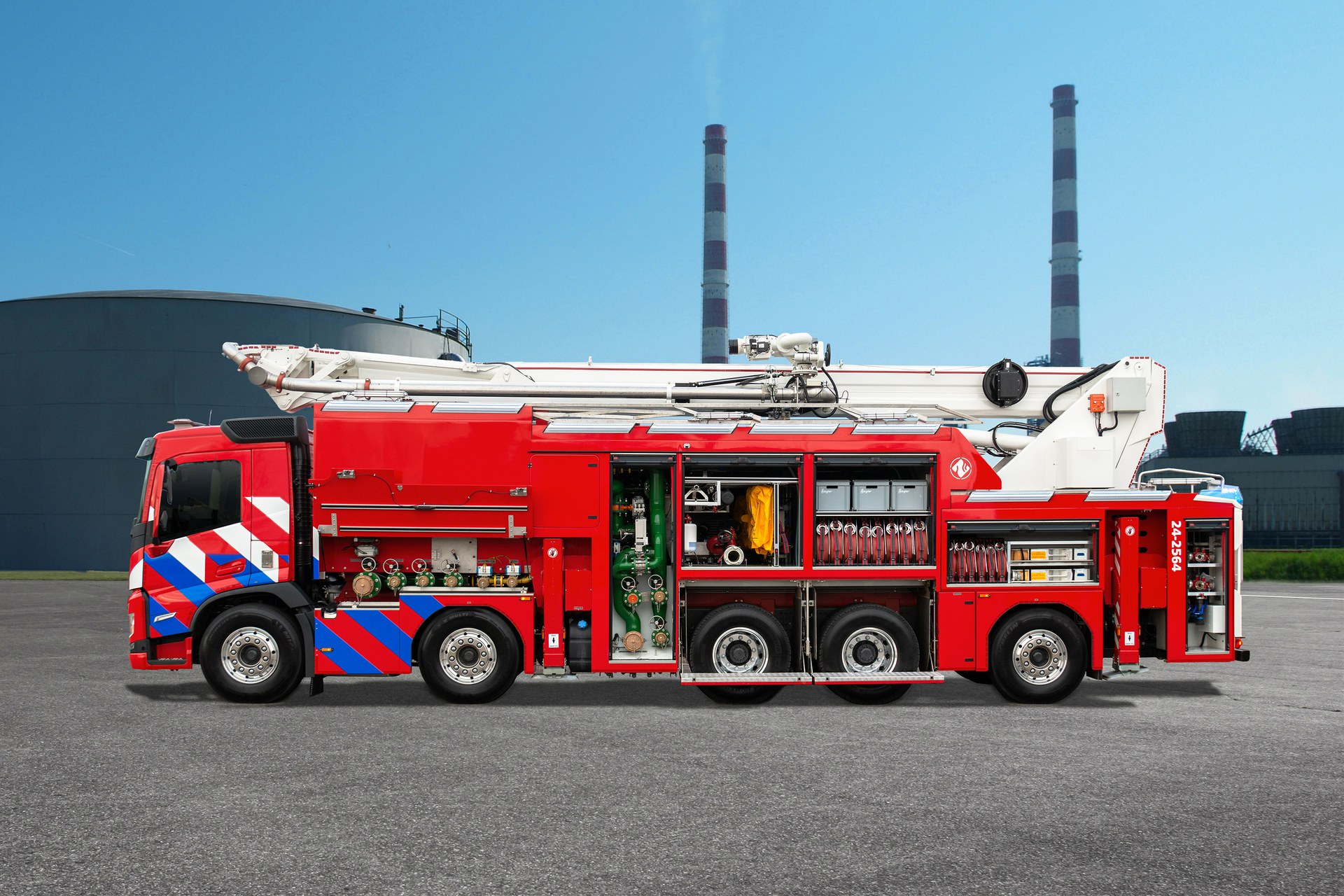


Emerging Trends in Fire Apparatus Design: Priorities Shaping 2025 and Beyond
Modern fire truck engineering is guided by core objectives: advancing safety standards and empowering firefighters to safeguard lives, property, and communities effectively. As a leader in fire apparatus innovation, Powerstar Trucks Manufacturing collaborates with first responders to address frontline operational demands while fostering stronger community ties. Below are pivotal trends revolutionizing fire service operations:

1. Uniform Fleet Specifications: Optimizing Efficiency and Reliability
Escalating emergency call frequencies and extended vehicle usage have amplified interest in fleet standardization—adopting consistent design specifications, layouts, and configurations across apparatus. Benefits include:
Despite this shift toward uniformity, strategic customization persists to maximize task-specific performance. The emergency response vehicle industry continues refining this equilibrium, ensuring apparatus designs balance standardization with mission-critical adaptability to elevate firefighting efficacy.
2. Health-Centric Design Advancements
Apparatus safety and contaminant reduction now dominate design priorities, reflecting firefighters’ health concerns.
Safety Enhancements:
Clean Cab Initiatives:
To minimize exposure to carcinogens, departments are adopting toxin-resistant interiors: antimicrobial seating (vinyl/leather), sealed flooring alternatives, and segregated storage for contaminated gear. While implementation varies, these upgrades aim to prioritize long-term firefighter wellness.
3. Electrification: Balancing Sustainability and Performance
Environmental regulations and operational safety goals are accelerating the adoption of zero-emission technologies. Though electric fire trucks remain niche, advancements like Pierce’s Volterra™ battery systems demonstrate viability. For instance, Portland Fire & Rescue’s Volterra Pumper maintained uninterrupted water flow during a multi-alarm blaze while switching between electric and combustion modes. Post-incident, the vehicle returned to station using electric power alone.
Electrification strategies emphasize gradual integration, respecting departmental readiness and infrastructure constraints. Manufacturers focus on hybrid solutions that align with existing workflows, ensuring environmental goals complement—rather than compromise—emergency response reliability.
4. Community-Centric Aesthetics: Visibility and Identity
Fire apparatus increasingly serve as symbols of civic pride.water fire tender Departments now leverage color schemes and graphics to strengthen community bonds. Examples include Hattiesburg Fire Department’s purple aerial truck (honoring local traditions) and apparatus featuring student-designed artwork. These visual choices transform functional vehicles into recognizable emblems of service, fostering public engagement and trust.
5. Manufacturing Agility: Streamlining Production
Supply chain disruptions and rising demand have prompted powerstar to reengineer production processes:

These innovations address industry-wide procurement delays while maintaining quality, cementing Pierce’s role as a responsive partner in fire service modernization.
Conclusion
From emission reduction to community-driven branding, fire apparatus evolution reflects a dual commitment to technological progress and human-centric values. As departments navigate these trends, water tender fire truck manufacturers must balance innovation with practical adaptability—ensuring firefighters have the tools to protect communities efficiently and safely.


You may be interested in the following information